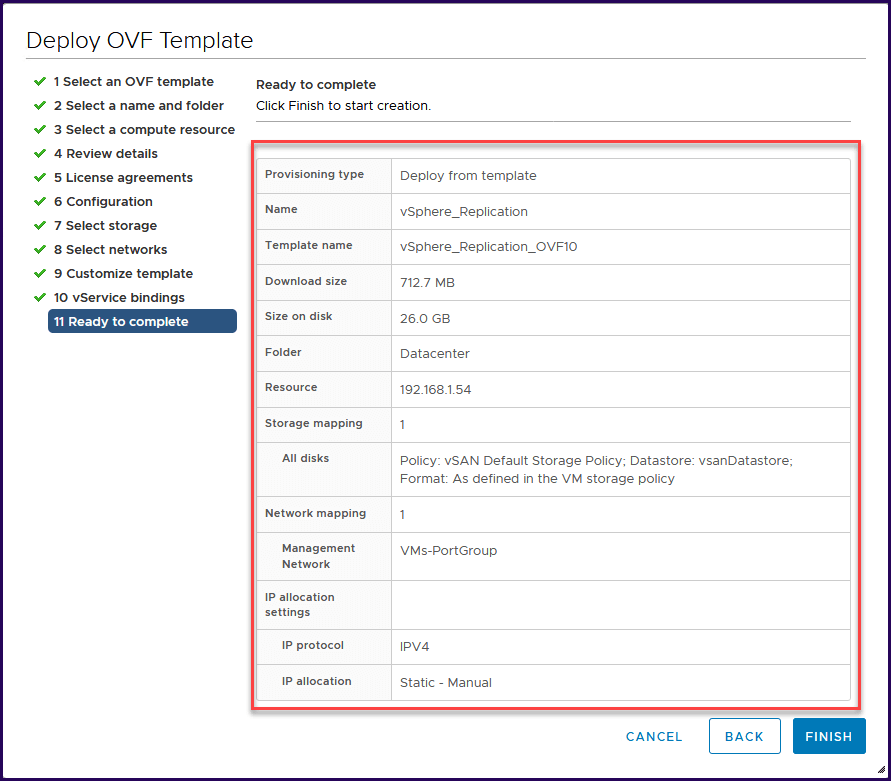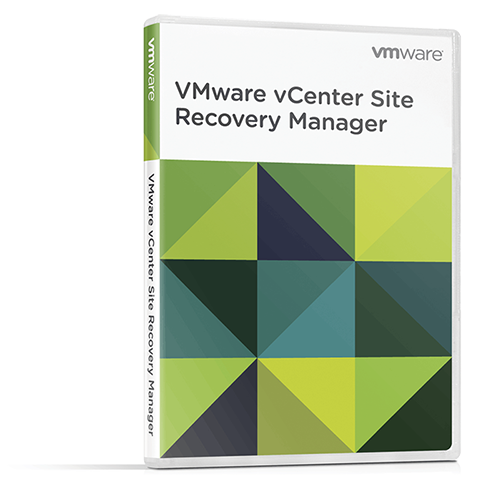
- #Vmware srm compatibility matrix 6.0 install
- #Vmware srm compatibility matrix 6.0 full
- #Vmware srm compatibility matrix 6.0 windows
It provides an end-to-end disaster recovery solution with two key capabilities: VMware Site Recovery enables replication, orchestration and backup automation on AWS to protect cloud applications from failure. As part of the service, VMware provides Site Recovery Manager (SRM) as a managed service, in a Disaster Recovery as a Service (DRaaS) model. VMware provides VMware Cloud on AWS, a hybrid service that enables cloud migration, hybrid data centers and disaster recovery.
#Vmware srm compatibility matrix 6.0 install

This can also reduce recovery time by letting you define fewer security groups. Prefer fewer but larger NFS volumes, to ensure less time is needed to mount the instances.The SRM database should be colocated with the SRM server if possible, or as close as possible, to decrease round-trip time of data transfers.VMware recommends the following best practices when operating VMware Site Recovery Manager: VMware Site Recovery Manager Best Practices
#Vmware srm compatibility matrix 6.0 full
#Vmware srm compatibility matrix 6.0 windows
Site Recovery Manager is based on an application server that runs on a Windows server, with its own database and a plug-in that connects it to vSphere clients. How Does VMware Site Recovery Manager Work? Maintenance testing for enterprise applications.Site Recovery Manager can support the following use cases: VMware vSAN hyperconverged infrastructure.VMware Software-Defined Data Center (SDDC) architecture.vSphere Replication and replication solutions from VMware storage partners, like VMware’s close partner Cloudian (read more about Cloudian’s low-cost S3-compatible VMware storage solution).VMware Site Recovery Supervisor tightly integrates with other VMware technologies and architectures: After the initial replication, vSphere replication performs incremental backup, ensuring only changes are replicated to decrease network bandwidth usage. VSphere Replication is configured on a per-VM basis, allowing you to control which VMs are duplicated. It protects VMs from partial or complete site failures by copying the virtual machines from a primary site to a secondary site, or from multiple sources to a single disaster recovery site.

SRM leverages VMware vSphere Replication to provide hypervisor-based virtual machine replication. VMware Site Recovery Manager is offered either on-premises or on the AWS cloud, in a Disaster Recovery as a Service (DRaaS) service model. SRM can perform orchestration of recovery programs to minimize downtime in case of disasters, and also lets you run non-disruptive testing of disaster recovery plans. SRM is a VMware backup automation tool that provides replication technology and supports policy-based management of backup programs. VMware provides a dedicated solution for disaster recovery, as part of the vSphere virtualization suite, called VMware Site Recovery Manager (SRM). VMware Disaster Recovery with Site Recovery Manager

SRM can be used both on-premises and as a Disaster Recovery as a Service (DRaaS) using AWS infrastructure. VMware provides the VMware Site Recovery Manager (SRM) as part of its vSphere suite, which lets you automate backups and orchestrate the recovery of entire VMware storage systems from a disaster recovery site. Disaster recovery is an essential element of any virtualized datacenter.


 0 kommentar(er)
0 kommentar(er)
